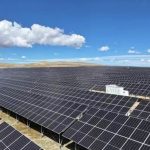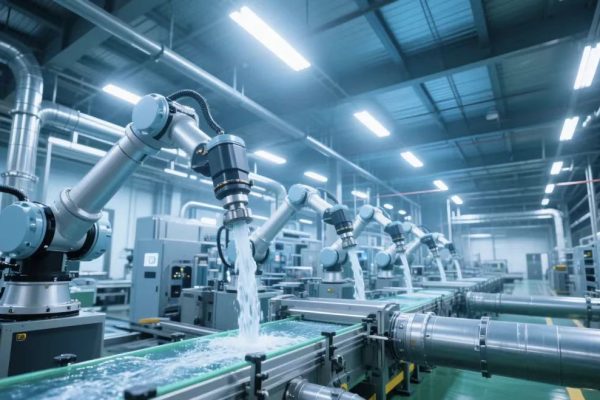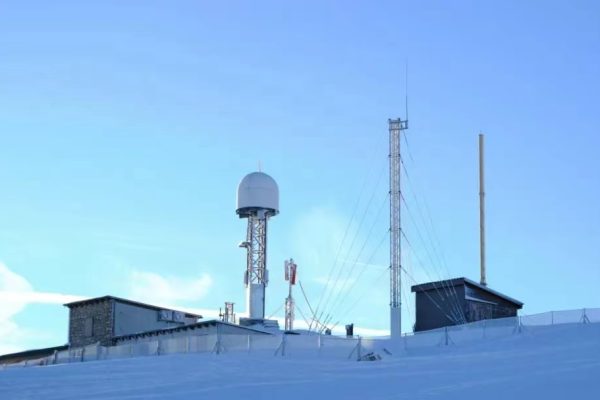As hybrid inverters become the heart of modern PV + energy storage systems, their protection features are critical for ensuring long-term reliability, safety, and stable power output.
Whether you are an importer, installer, or project developer, understanding these protection mechanisms helps you evaluate product quality and prevent after-sales issues.
This article breaks down the key inverter protection features, their working principles, and why they matter for both residential and commercial systems.
1. Why Protection Features Matter
A hybrid inverter connects three energy flows — solar, battery, and grid.
Each side introduces unique risks such as overvoltage, reverse current, grid instability, or battery over-discharge.
Without proper protection, even a small fault can cause:
- Component damage (e.g., MOSFETs, IGBTs)
- Battery degradation
- Grid trip events or backfeed
- Fire hazards
⚙️ Inverter protection functions act as the system’s immune system — detecting, isolating, and reacting before problems spread.
2. Overvoltage and Undervoltage Protection
(1) DC Overvoltage Protection
Prevents damage from excessive PV input voltage — typically caused by cold weather or incorrect string configuration.
- Trigger threshold: ~600–1000 VDC (depending on inverter model)
- Automatic shutdown when exceeded
(2) DC Undervoltage Protection
Prevents inverter operation when PV voltage is too low to sustain stable MPPT tracking.
- Avoids repeated on/off cycling and power loss
- Restarts automatically when voltage returns to normal
🌞 Always check inverter datasheet for “Max. PV Input Voltage” and ensure total string voltage stays 10–15% below that limit.
3. Overcurrent and Short-Circuit Protection
Hybrid inverters use electronic current sensing and fast-acting circuit breakers to detect abnormal current flow.
- PV-side overcurrent: from shorted panels or wiring
- Battery overcurrent: from sudden discharge or internal short
- AC output overcurrent: from overload on connected loads
Response mechanisms include:
- Fast IGBT shutdown within milliseconds
- Electronic fuse tripping
- Error code display and inverter lockout
⚡ High-quality inverters often integrate both software-based and hardware-based overcurrent protection for redundancy.
4. Anti-Islanding and Grid Protection
For grid-tied or hybrid operation, safety regulations require anti-islanding features.
- Detects when the utility grid goes offline
- Instantly stops power export to prevent backfeeding
- Complies with IEEE 1547, VDE-AR-N 4105, or G99 standards
Additional grid protection includes:
- Over/Under frequency protection
- Over/Under voltage protection
- Phase imbalance detection
🏠 Anti-islanding keeps utility workers safe and ensures compliance with national grid codes.
5. Reverse Polarity and Reverse Current Protection
(1) Reverse Polarity
If PV or battery cables are connected incorrectly, it can cause immediate short-circuit or component damage.
Hybrid inverters include:
- Reverse polarity detection circuit
- Internal fuse or blocking diode
(2) Reverse Current Protection
Prevents power from flowing backward from battery or grid into PV strings during low sunlight.
Usually achieved via:
- MOSFET-based current blocking
- Diode isolation
🔋 Never rely only on wiring labels — ensure the inverter has built-in reverse connection safeguards.
6. Overtemperature and Fan Control
Temperature is one of the main factors affecting inverter lifespan.
Most hybrid inverters integrate multiple temperature sensors on:
- Power transistors (IGBT/MOSFET)
- DC bus capacitors
- Transformer core
- Heat sink surface
Protection actions:
- Gradual derating (power reduction) when temperature exceeds 65–70°C
- Complete shutdown at 80–90°C
- Fan activation or variable-speed cooling
🌡️ Automatic thermal protection ensures long-term reliability in high-ambient-temperature regions.
7. Battery Protection Features
Battery management and inverter protection often overlap — especially for lithium-ion systems.
Key functions:
- Overcharge/overdischarge protection
- Overcurrent and short-circuit cutoff
- BMS communication failure protection (CAN/RS485)
- Cell voltage balancing (via BMS)
If the inverter loses communication with the BMS, it typically switches to:
- Default voltage window (e.g., 42–54V for 48V systems)
- Reduced charge/discharge current to prevent damage
🔋 Always ensure inverter firmware supports your battery brand and protocol to enable full protection.
8. Surge and Lightning Protection
PV arrays are exposed to outdoor conditions and lightning strikes.
Hybrid inverters include built-in or optional Surge Protection Devices (SPDs) for:
- PV Input (DC side)
- AC Output (Grid side)
- Communication Port (RS485, Wi-Fi)
These SPDs:
- Clamp voltage surges to safe levels
- Protect sensitive circuits
- Are rated as Type II or Type III (IEC 61643-11)
🌩️ Use additional external SPDs in high-lightning areas or large rooftop arrays.
9. Residual Current and Ground Fault Protection
Ground faults can occur when DC insulation fails or moisture causes leakage.
Hybrid inverters monitor residual current continuously using RCD (Residual Current Device) functions.
Protection triggers when:
- Residual current > 300 mA (adjustable in some models)
- Inverter immediately isolates DC and AC circuits
⚙️ Residual current monitoring is especially important for transformerless inverters.
10. Communication and Remote Protection
Modern hybrid inverters support remote fault monitoring through Wi-Fi, RS485, or Ethernet.
- Users can view fault codes, temperature, voltage trends via apps or web dashboards
- Installers can perform firmware updates and parameter resets remotely
- Helps identify faults before site visits
🌐 Cloud-based monitoring adds another layer of safety and reliability.
11. Common Protection-Related Fault Codes
| Fault Code | Description | Possible Cause |
|---|---|---|
| E001 | PV overvoltage | Too many panels per string |
| E003 | DC bus overcurrent | Faulty cable or inverter component |
| E005 | Overtemperature | Blocked fan or poor ventilation |
| E007 | Battery overcharge | Incorrect BMS settings |
| E010 | Grid overfrequency | Unstable grid input |
| E013 | Ground fault | Moisture or damaged insulation |
🧾 Keep fault logs for every project — they help identify recurring issues during maintenance.
12. Compliance Standards and Testing
Trusted inverter brands comply with international safety standards such as:
- IEC 62109-1 / 2 — Safety of power converters for PV systems
- IEC 61000-6-3/4 — EMC emission and immunity
- VDE-AR-N 4105 / EN 50549 — Grid protection
- UL 1741 SA / IEEE 1547 — U.S. interconnection standard
📜 Request compliance certificates from suppliers to ensure product legitimacy.
13. Buyer’s Checklist: Protection Features to Confirm
Before finalizing a purchase or project bid, confirm these features with your supplier:
| Category | Must-Have Protections |
|---|---|
| PV Side | Overvoltage, reverse polarity, SPD |
| Battery Side | Overcharge/discharge, BMS comms |
| AC Side | Overcurrent, anti-islanding |
| System Level | Overtemperature, ground fault |
| Communication | Remote monitoring, fault log |
✅ Documented protection functions are key indicators of engineering quality.
A hybrid inverter isn’t just a power converter — it’s a smart protection center that ensures system safety, battery health, and grid compliance.
When evaluating suppliers, always prioritize comprehensive protection design over minor price differences.
Buyers who understand these features can better compare models, reduce risks, and build customer trust in every installation.









